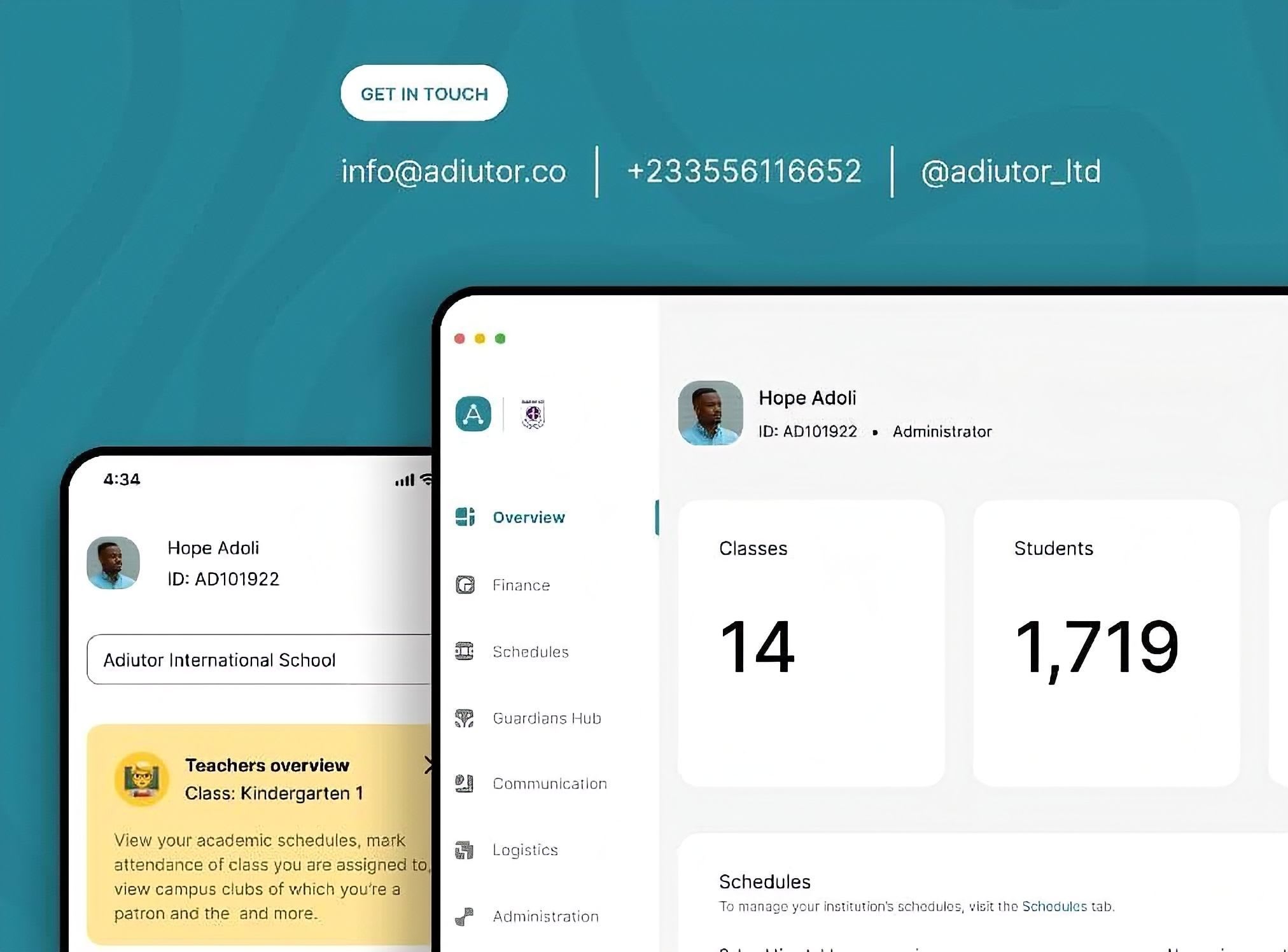Cultural Competence and Academic Achievement

As education becomes more accessible, educational settings have become increasingly diverse, reflecting broader demographic shifts in society. Classrooms now consist of students from a wide range of cultural, linguistic, and socioeconomic backgrounds.
Cultural competence is broadly defined as the ability of educators to understand, respect, and respond appropriately to their students' cultural differences and needs. It encompasses the curriculum, teaching methods, assessment practices, and classroom management approaches that educators need to understand, implement, and value to be effective. Being effective means taking responsibility for ensuring that every student learns the required material to the best of their ability. Educators should aim to help students understand themselves, recognize their place within various social and cultural groups, and learn about others; past, present, and future.
Research indicates that when educators demonstrate cultural competence, it can positively influence student outcomes, particularly among historically marginalized or underrepresented groups. Students who feel understood are more likely to participate in class, maintain motivation, and perform at higher academic levels.
Components of Cultural Competence
Self-awareness and Recognition of Bias
Cultural competence begins with self-reflection. Educators must be aware of their cultural backgrounds, beliefs, and biases, and how these might affect their interactions with students. This self-awareness allows teachers to avoid unintentional stereotyping or misinterpretation of student behavior. Teachers who are conscious of their biases are less likely to engage in practices that contribute to achievement gaps, such as disproportionate disciplinary referrals or low expectations for minority students (Reyes, 2010). Teachers with higher cultural competence were found to reduce unnecessary special education referrals.
Knowledge of Students’ Cultural Backgrounds
This involves learning about students' cultures, including values, customs, communication styles, and learning preferences. It’s about contextualizing students’ experiences within their cultural frameworks and adapting teaching accordingly. With their cultural identity reflected in the curriculum, it increases engagement and academic confidence. For instance, integrating culturally relevant examples helps students relate to content, improving both comprehension and retention (Gallavan, 2011). Studies indicate that culturally responsive teaching improves student outcomes, especially in reading and math scores (Jæger, 2010).
Culturally Responsive Pedagogy
This refers to adapting instructional strategies to students’ cultural contexts. It includes diverse teaching materials, flexible assessment methods, and inclusive classroom practices that acknowledge and value cultural differences. Culturally responsive pedagogy has been linked to higher student participation and improved academic performance, particularly for marginalized groups (Craig et al., 2000).
Effective Cross-Cultural Communication
Cultural competence requires clear and respectful communication that aligns with students' cultural norms. It also involves engaging families in ways that are culturally appropriate and building trust across linguistic and cultural divides. Effective communication enhances teacher-student relationships, a known predictor of academic success. Strong relationships promote positive classroom behavior and persistence, both of which are critical for learning outcomes (Gallavan, 2011). Schools that engage parents from diverse backgrounds also see improved attendance and performance.
Commitment to Equity and Social Justice
Cultural competence includes a proactive stance on addressing systemic barriers that affect student achievement. This could mean adjusting policies, advocating for resources, or intervening to support underserved students. Teachers and schools that prioritize equity through cultural competence help close achievement gaps by removing obstacles to learning and providing tailored support. This commitment is linked to improved academic trajectories, especially in under-resourced communities (Frawley et al., 2020).
Measuring Cultural Competence: Campinha-Bacote Model
The Campinha-Bacote Model of Cultural Competence is a widely used framework for understanding and measuring cultural competence, especially in healthcare and education settings. In schools, this model helps educators assess and improve their ability to effectively interact with students from diverse cultural backgrounds. It provides a framework for evaluating teacher performance regarding cultural competence. Some schools use it to design culturally responsive curricula and build inclusive environments.
The model includes five interrelated constructs:
- Cultural Awareness: Self-examination of one’s own cultural background, biases, and assumptions. In schools, this means educators reflect on how their cultural experiences affect interactions with students and families.
- Cultural Knowledge: Educators seek to understand different cultural practices, values, and worldviews, especially those of the student populations they serve.
- Cultural Skill: The ability to gather relevant cultural data and conduct cultural assessments. This involves using culturally responsive teaching strategies and assessment tools.
- Cultural Encounters: Engaging in direct cross-cultural interactions to learn from diverse perspectives. This might involve working with diverse student groups or families, helping break down stereotypes.
- Cultural Desire: The genuine motivation to want to engage in the process of becoming culturally competent. Teachers must have a true interest in learning about and respecting other cultures.
Building Cultural Competence – Strategies for Educators and Institutions
1. Professional Development and Training: Effective cultural competence begins with structured, evidence-based professional development. Training should go beyond cultural awareness to include practical tools and strategies for inclusive teaching, managing diverse classrooms, and addressing bias. Educators who receive ongoing cultural competence training are better equipped to connect with diverse students, leading to increased student engagement and academic growth (Gallavan, 2011). Self-assessments alone may not accurately reflect competence, indicating the need for interactive and reflective learning experiences (Byrd, 2014).
2. Curriculum Review and Inclusive Content: Institutions can promote cultural competence by reviewing and diversifying curriculum materials to include multiple cultural perspectives. This includes literature, historical narratives, examples in math and science, and other subject areas. A diverse curriculum validates students’ identities and encourages critical thinking across cultures. It can also improve comprehension and achievement by making learning relevant and relatable (Jæger, 2010).
3. Collaborative Family and Community Engagement: Building relationships with students’ families and communities promotes a shared understanding of students’ needs. Schools can host culturally relevant events, provide translated communications, and invite community leaders to contribute to educational programs. Inclusive engagement fosters trust and collaboration, which enhances students’ sense of belonging and leads to higher academic motivation and attendance rates (Craig et al., 2000).
4. Reflection and Self-Assessment Tools: Educators can engage in regular self-reflection to assess their cultural competence growth. Journals, peer discussions, and formal assessment tools can help identify areas for improvement. Reflective practices encourage continuous learning and allow educators to adapt their teaching to better meet students’ needs, resulting in more equitable academic outcomes (Gallavan, 2011).

Adiutor
Adiutor means "helper" - we do just that, by taking a load of your school administration and helping you focus on what matters most: the kids.
References
Byrd, M. (2014). Measuring teacher cultural competence.
Craig, S. E., Hull, K. M., Haggart, A., & Selles, M. P. (2000). Promoting cultural competence. Teaching Exceptional Children https://doi.org/10.1177/004005990003200302
Frawley, J., Russell, G., & Sherwood, J. (2020). Future directions: Cultural competence and the higher education sector. In Cultural competence and the higher education sector (pp. [page numbers not specified]). Springer. https://doi.org/10.1007/978-981-15-5362-2_19
Gallavan, N. P. (2011). Explore cultural competence. In Developing performance-based assessments, grades K-5 SAGE Publications. https://doi.org/10.4135/9781483387307.n2
Jæger, M. (2010). Does cultural capital really affect academic achievement?
Reyes, S. (2010). The effect of cultural competence on special education referral.
